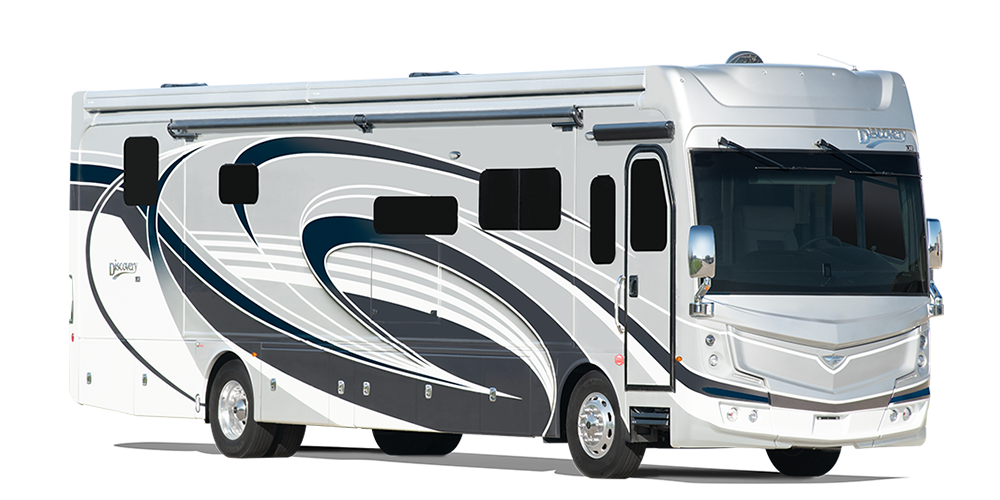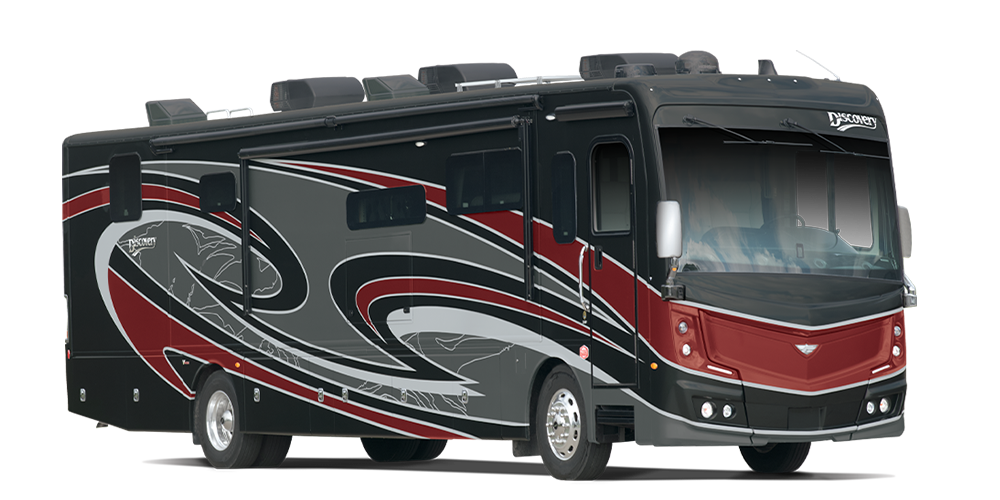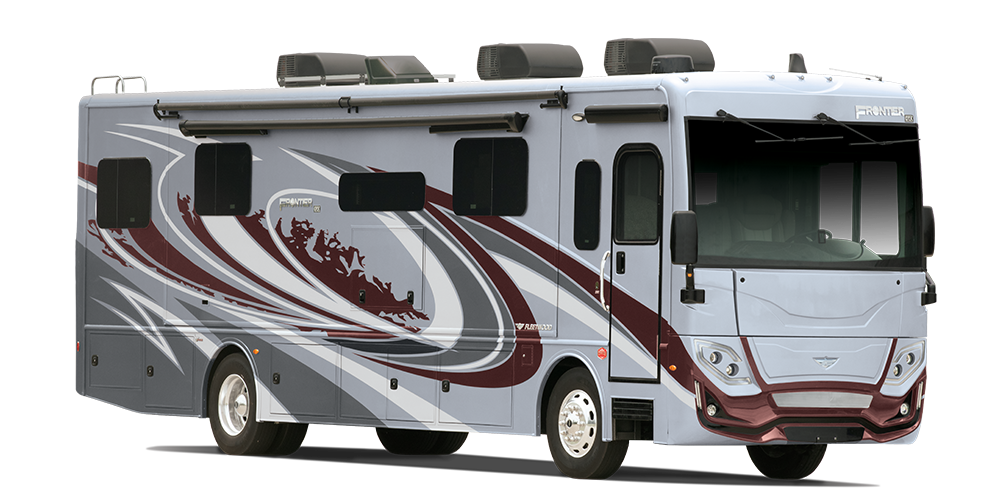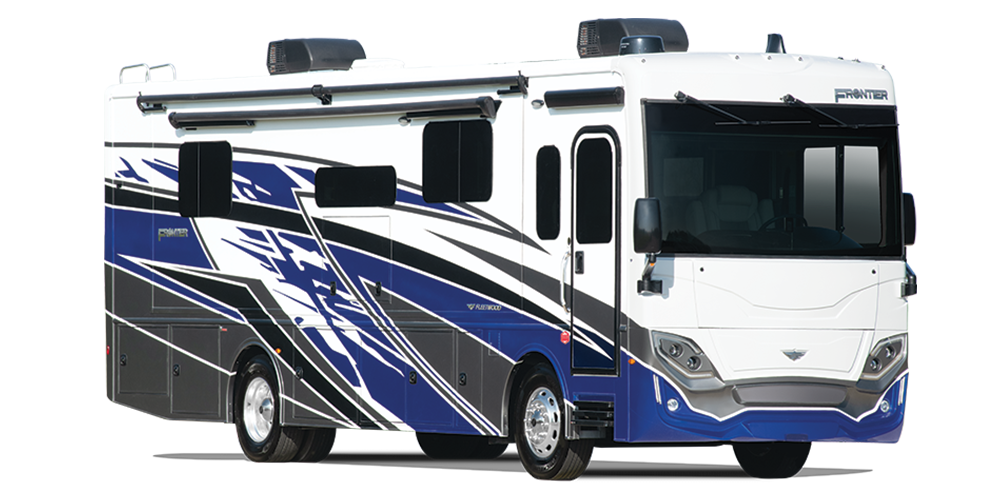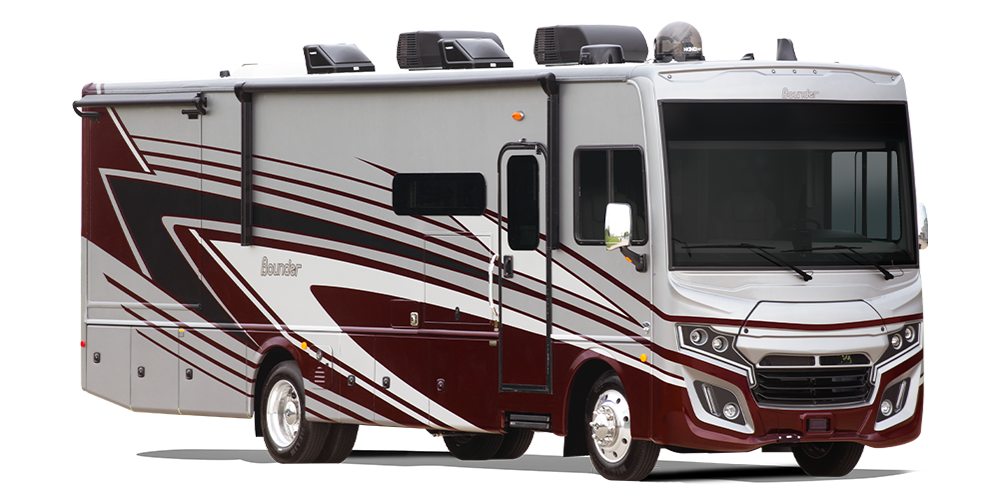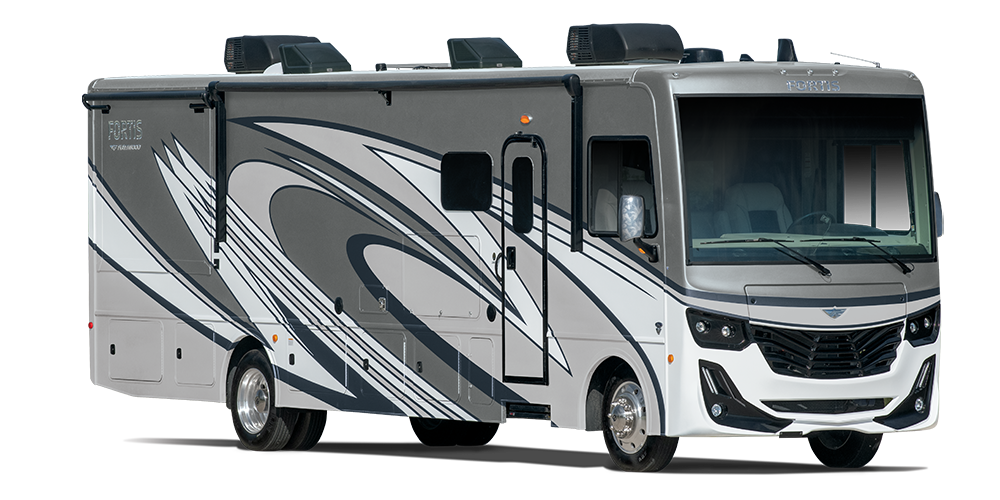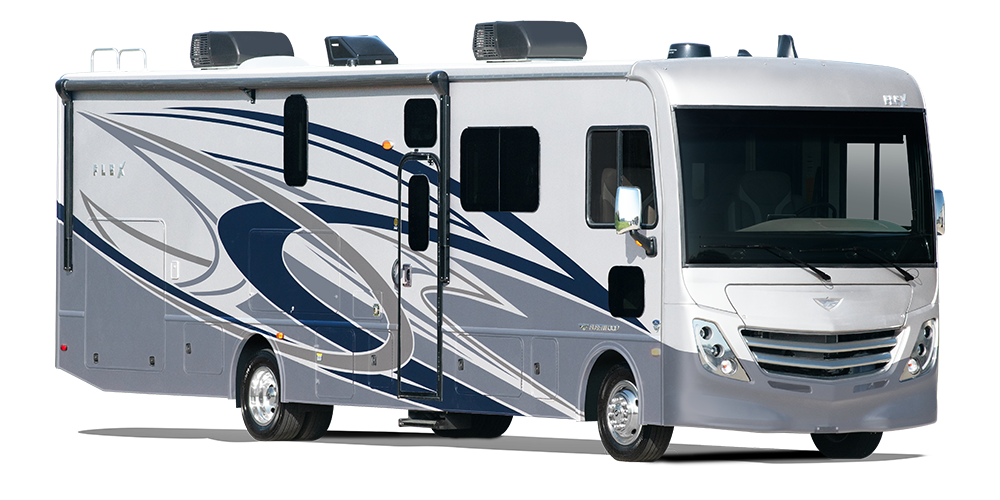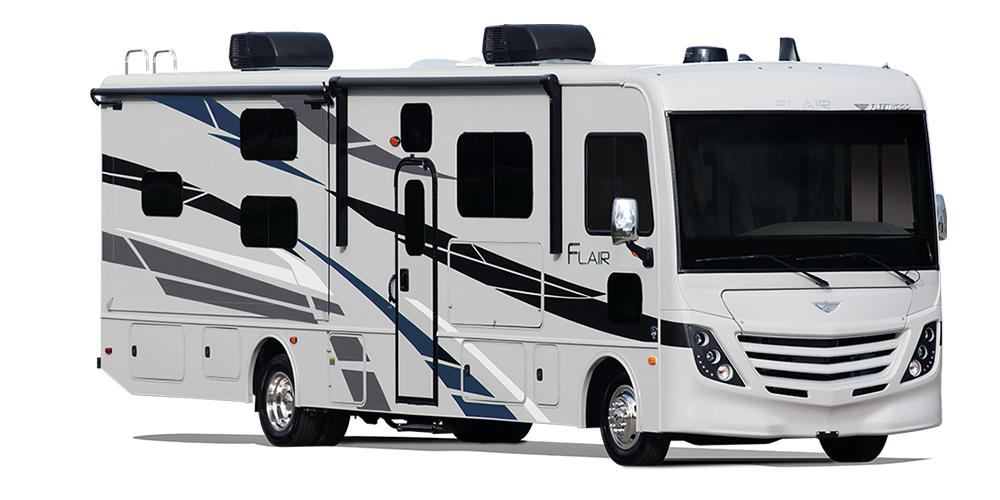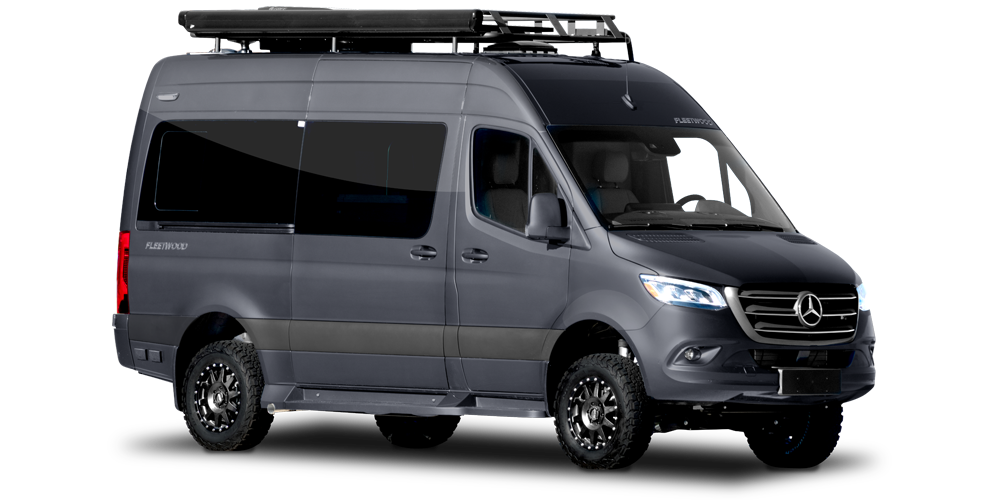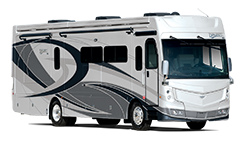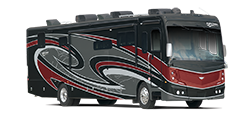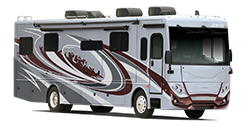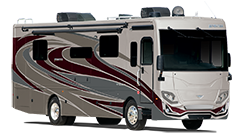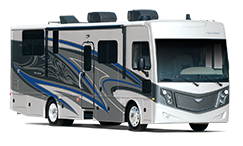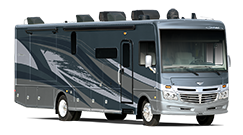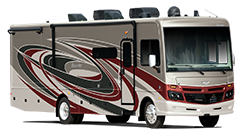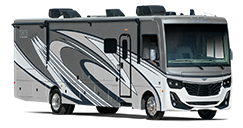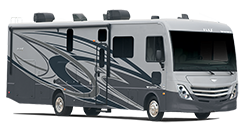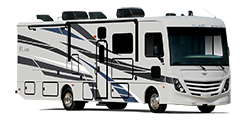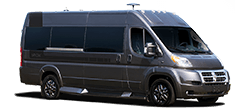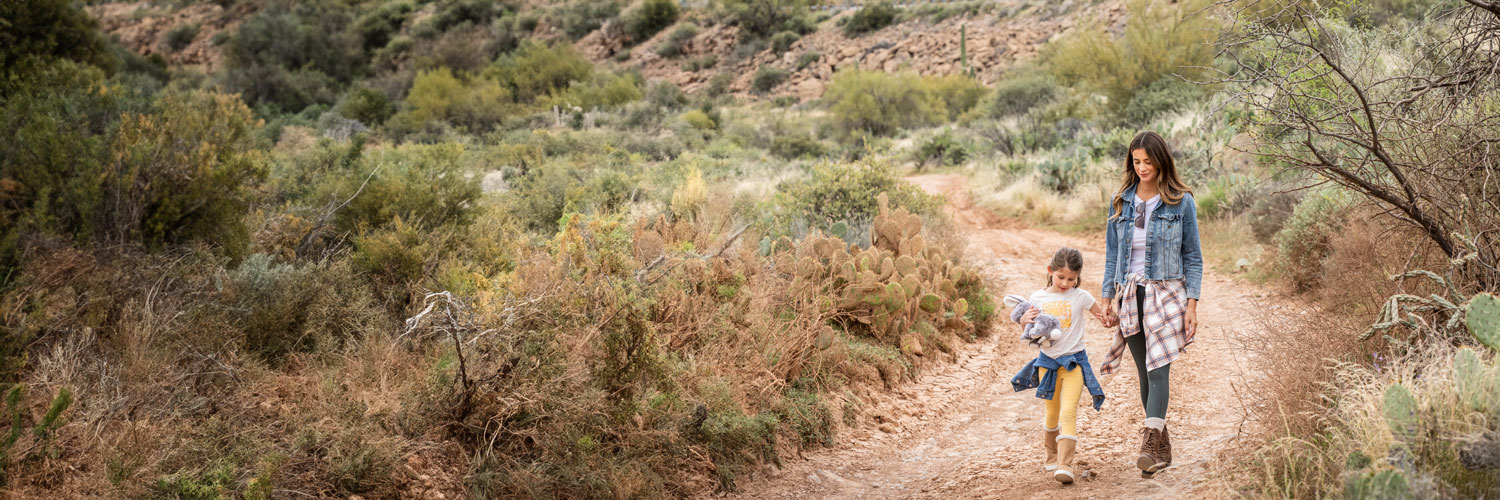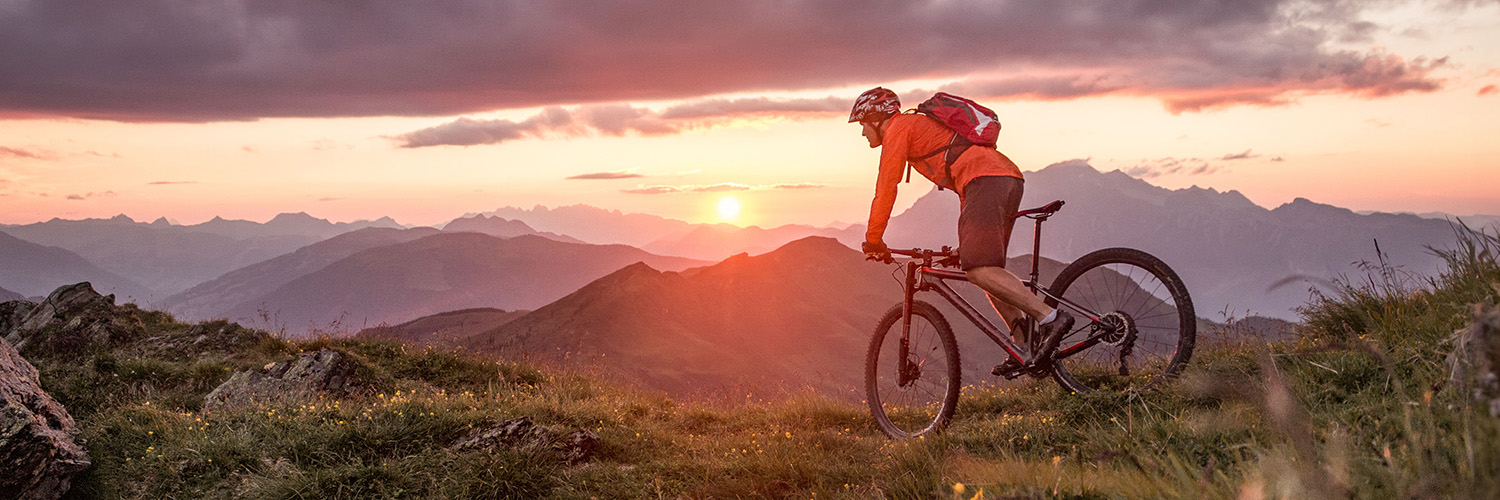An Epic RV Road Trip to California’s National Parks
See all California has to offer from the desert to the coast to the mountains on this trip.
Check out all that California’s national parks have to offer from the desert to the coast and all the way to the mountains.
By Mikaela Ruland, Courtesy of National Park Trips
Buckle up! This epic RV road trip traverses the great state of California, stopping at each of its eight national parks. Since you’ll be going from the Mojave Desert in the south, to the alpine passes of the Sierra Nevada, you’ll need to plan your trip accordingly. Fall is the best season for this road trip as the temperatures in the desert will be cooler and the mountain passes will still be accessible.
Joshua Tree National Park
Start your epic California road trip in Joshua Tree National park just east of Palm Springs. This Mojave Desert park is a stark and beautiful place filled with iconic Joshua trees. These trees grow at a rate of an inch per year. There are no hookups at Joshua Tree, but two campgrounds, Black Rock and Cottonwood, offer RV-accessible potable water and dump stations. Generators are only permitted from 7-9 a.m., 12-2 p.m. and 5-7 p.m. All campgrounds in Joshua Tree can accommodate RVs up to 35 feet in length, except for Hidden Valley and White Tank which can only fit RVs up to 25 feet in length. September – May is Joshua Tree’s most popular time of year because of the more bearable temperatures. Reservations are required at Black Rock, Cottonwood, Indian Cove, Jumbo Rocks and Ryan campgrounds during these months. If you didn’t get a reservation in advance, you can try the three first-come, first-served campgrounds: Belle, Hidden Valley and White Tank. Make reservations at recreation.gov.
Channel Islands National Park
It’s time to head to the coast! You’ll have to park your RV in the town of Ventura or Oxnard to get to your next destination as Channel Islands National Park is only accessible by boat.
Known as the “American Galapagos” this park is home to species of mammals found nowhere else in the world and is a haven for sea creatures and birds. Catch an Island Packers ferry in Oxnard or Ventura Harbor Village to access one of the five islands: Anacapa, Santa Cruz, Santa Rosa, Santa Barbara and San Miguel. The first two islands take an hour to get to via ferry and the farthest west, San Miguel, takes four hours. Santa Cruz is the most developed of the islands, including an interpretive center. The other islands offer a variety of activities from ranger-led hikes to kayaking to snorkeling to lighthouse viewing.
Each island has one primitive campground which you’ll have to walk your camping gear to from the ferry. Back on the mainland, there are many campgrounds located near Ventura and Oxnard for RV camping. Check out Emma Wood State Beach, Ventura Beach RV Resort and Ventura Ranch KOA. Make reservations for your ferry at islandpackers.com and reservations for camping in the national park at recreation.gov.
Pinnacles National Park
Head north to Pinnacles National Park, a unique landscape formed by ancient volcanic eruptions. Today, you can hike, explore talus caves, rock climb and bird watch for numerous species including the California Condor. This park is divided into an eastern and western area which are not connected. If you choose to visit both sides of the park, you’ll have to take Hwy. 101 through King City. The park’s only campground is located on the eastern side of the park. Pinnacles Campground has electrical hookups, flush toilets, showers, a swimming pool, a camp store, a dump station and drinking water. The campground can accommodate RVs up to 42 feet in length in several sites. Make reservations at recreation.gov.
Redwood National and State Parks
Redwood National and State Parks located in northern California is co-managed by the National Park Service and California State Parks. Home to the world’s tallest trees, rugged coastline, wild rivers and expansive prairies, this park is a must-see. The four developed campgrounds at Redwood cannot accommodate large RVs. Mill Creek Campground can accommodate the largest vehicles, up to 28 feet in length. Jedediah Smith and Elk Prairie can accommodate 25 feet and 27 feet respectively. Gold Bluff can only accommodate RVs up to 24 feet and does not allow trailers. None of the campgrounds have hookups, but Mill Creek and Jedediah Smith have dump stations. Reservations are highly recommended.
If your RV is longer than 28 feet, there are numerous other campgrounds nearby. Check out the Smith River National Recreation Area to the park’s northeast or the Crescent City/Redwoods KOA. Make reservations for camping in the national park at reservecalifornia.com.
Lassen Volcanic National Park
If you thought Yellowstone was the only place with exciting geothermal activity in the Lower 48, think again. Lassen Volcanic National Park, located east of Redding is home to steam vents, boiling pools and mud pots. You’ll also find imposing volcanoes, beautiful mountain lakes and wildlife. Lassen Volcanic National Highway is the main thoroughfare through the park. The southwest portion of the road is steep with several switchbacks and has no guardrails. The highway closes in winter, so be prepared to drive the long way as early as October. Butte Lake and Summit Lake North and South campgrounds can accommodate RVs up to 35 feet in length and Manzanita Lake Campground can accommodate RVs up to 40 feet. There are no hookups at Lassen, but water is available at Butte Lake and Summit Lake until early September and at Manzanita Lake until early October. A dump station is available at Manzanita Lake. Generators are allowed from 8-10 a.m., 12-2 p.m. and 5-7 p.m. Make reservations at recreation.gov.
Yosemite National Park
Perhaps California’s most iconic national park, Yosemite is your next stop. The shortest route is via Hwy. 120 through Groveland, but it involves a steep grade and many winding turns. If you are not confident driving your RV on mountain roads, you may want to head south to Mariposa and take Hwy. 140 instead. If your RV is over 45 feet in length, you won’t be able to drive it into iconic Yosemite Valley. Instead, park it outside the park and take a YARTS bus to the valley where you’ll be able to access the free shuttle to explore. This is a great option for RVs of any size as parking in the valley can often be a challenge. Other vehicle restrictions to know about are on Glacier Point Road, which doesn’t allow vehicles over 30 feet in length and Mariposa Grove Road and Hetch Hetchy Road which do not allow vehicles over 25 feet in length.
Yosemite has eight campgrounds that can accommodate RVs. In the valley, North Pines and Lower Pines allow RVs up to 40 feet in length and Upper Pines allows vehicles up to 35 feet in length. To the south, Wawona and Bridalveil Creek allow vehicles up to 35 feet in length. To the north, Hogdon Meadow, Crane Flat and Tuolumne Meadows take vehicles up to 35 feet in length and White Wolf can accommodate vehicles up to 27 feet in length. Dump stations are available at Upper Pines, Wawona and Tuolumne Meadows. No hookups are available in the park. Yosemite’s campgrounds are extremely popular. Reserve your site five months in advance at recreation.gov.
Sequoia and Kings Canyon National Parks
Yosemite’s sister parks to the south, co-managed Sequoia and Kings Canyon, offer their own stunning beauty with fewer crowds. You’ll see giant sequoias, stunning mountains and more at these two parks. Many of the parks’ roads are winding and narrow and include vehicle length restrictions. Enter the parks from the north on Hwy. 180 and avoid Generals Highway in vehicles longer than 24 feet in length. Vehicles over 22 feet in length are not allowed on Crystal Cave Road or Moro Rock/Crescent Meadow Road, though a shuttle is available to the latter from the Giant Forest Museum. RVs are prohibited on Mineral King Road and Panoramic Point Road.
The Lodgepole Campground can accommodate vehicles up to 42 feet in length, the Azalea Campground can accommodate RVs up to 36 feet in length, the Sunset, Sentinel, Sheep Creek and Moraine campgrounds can accommodate RVs up to 30 feet in length and there is no maximum size for vehicles at the Dorst Creek Campground. If your RV is shorter than 22 feet in length, the Potwisha campground is also accessible. There are no hookups in the park, but dump stations are available at Potwisha, Lodgepole and Dorst Creek Campgrounds. Reservations are only available at the Lodgepole, Dorst Creek, Sentinel and Potwisha campgrounds. Make them at recreation.gov.
Death Valley National Park
It’s time to head back to the desert – this time to the lowest place on earth, Death Valley. In the summer months, the temperature can stay over 100-degrees even in the middle of the night at lower elevations at this park so plan accordingly. This park ranges in elevation from -282 feet below sea level to 11,043-foot Telescope Peak. The park is incredibly diverse with painted hills, sand dunes, salt flats, mountains, endangered wildlife and more. There is no cell service in Death Valley, so make sure to pick up a paper map or load the park’s roads into your GPS ahead of time. Many of the roads are narrow and winding, so be sure to obey the posted speed limits.
There are three campgrounds inside the park with full hookups. Furnace Creek Campground operated by the National Park Service and privately run Stovepipe Wells RV Park and Panamint Springs Resort. Furnace Creek is the only NPS-operated campground that takes reservations. The rest are first-come, first-served. Texas Spring Campground allows RVs up to 35 feet in length, Stovepipe Wells Campground (not to be confused with the RV Park) allows RVs up to 30 feet in length and Furnace Creek, Sunset and Mesquite Spring don’t have length limits. The high elevation Wildrose and Thorndike campgrounds cannot be accessed by vehicles over 25 feet. Dump stations are available everywhere but Wildrose and Thorndike. Make reservations for Furnace Creek at recreation.gov, Stovepipe Wells RV Park at deathvalleyhotels.com and Panamint Springs Resort at panamintsprings.com.
Most Popular Blogs
Easy Workouts While on the Road
Traveling away from home shouldn’t mean sacrificing your exercise routine. […]
